Chengdu J-7
Nato name "Fishcan"
 |
|
| Bangladesh Air Force F-7 BGI | |
| Role | Fighter aircraft |
|---|---|
| Manufacturer | Chengdu Aircraft Corporation/Guizhou Aircraft Industry Corporation |
| Introduction | 17 January 1966 |
| Status | Operational |
| Primary users | People's Liberation Army Air Force (China) Bangladesh Air Force Korean People's Air Force Pakistan Air Force |
| Produced | 1965–2013 |
| Number built | 2,400+ |
| Developed from | Mikoyan-Gurevich MiG-21 |
| Developed into | Guizhou JL-9 |
|
|
|---|
.
History Chengdu Aerospace Corporation CAC
Chengdu J-7MG, also known as "Fishcan"

The Chengdu J-7 (Chinese: 歼-7; third generation export version F-7; NATO reporting name: Fishcan) is a People's Republic of China fighter aircraft. It is a license-built version of the Soviet Mikoyan-Gurevich MiG-21, and thus shares many similarities with that aircraft. The aircraft is armed with short-range, infrared homing air-to-air missiles and is mainly designed for short range air-to-air combat. The aircraft is also used for close air support.
On 30 March 1962, the Soviet Union and China signed a technology transference arrangement pertaining to the MiG-21. Allegedly, while various kits, components, completed aircraft and associated documents were delivered to the Shenyang Aircraft Factory, the design documentation was incomplete, and Chinese designers made efforts to reverse engineer the aircraft. While the two aircraft are greatly similar, areas of difference include the hydraulic systems and internal fuel arrangements.
-
Operational history

A Nigerian FT-7NI 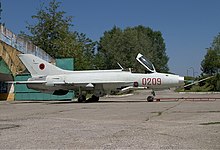
Albanian Air Force Chengdu F-7A 
Myanmar Air Force Chengdu F-7M Africa
- Namibia
During August 2005, Namibia ordered 12 F-7NMs for its air force; Chinese sources reported the delivery in November 2006. The model procured is believed to be a variation of the F-7PG acquired by Pakistan with Grifo MG radar.
- Nigeria
In early 2008, Nigeria procured 12 F-7NI fighters and three FT-7NI trainers to replace its existing inventory of MiG-21 fighters. On September 20, 2018, two Nigerian F-7Ni aircraft crashed into Katamkpehir, Abuja, killing one pilot after a mid-air collision during a rehearsal of an aerial display for the 58th anniversary of Nigeria's independence.
- Sudan
During the lengthy Second Sudanese Civil War, Sudan procured a number of F-7s. In November 1993, it was reported that Iran had allegedly financed Sudan's purchase of around 20 Chinese ground-attack aircraft, having pledged $17 million in financial aid to the Sudanese government and arranged for $300 million in Chinese arms to be delivered to the Sudanese Army
0
KmCeiling
0
KmMAX RANGE
0
machAircraft Speed
0
Max Crew
Photo Gallery
Chengdu Aerospace Corporation CAC
Chengdu J-7MG, also known as "Fishcan"


Chengdu Aerospace Corporation CAC
Chengdu J-7MG, also known as "Fishcan"
General characteristics
- Crew: 1
- Length: 14.884 m (48 ft 10 in) (Overall)
- Wingspan: 8.32 m (27 ft 4 in)
- Height: 4.11 m (13 ft 6 in)
- Wing area: 24.88 m2 (267.8 sq ft)
-
Powerplant
- Empty weight: 5,292 kg (11,667 lb)
- Gross weight: 7,540 kg (16,623 lb) with 2x PL-2 or PL-7 air-to-air missiles
- Max takeoff weight: 9,100 kg
- Powerplant: 1 × Liyang Wopen-13F afterburning turbojet, 44.1 kN (9,900 lbf) thrust dry, 64.7 kN (14,500 lbf) with afterburner
Specifications
- Maximum speed: 2,200 km/h
- Maximum speed: Mach 2
- Stall speed: 210 km/h
- Combat range: 850 km
- Ferry range: 2,200 km
- Service ceiling: 17,500 m
Armament
-
-
- Guns: 2× 30 mm Type 30-1 cannon, 60 rounds per gun
- Hardpoints: 5 total. 4 × under-wing (up to 500 kg (1,100 lb) each), 1 × centerline under-fuselage 2,000 kg (4,400 lb) maximum.
-
-
-
-
Links to Youtube & Others
In the 1950s and early 1960s, the Soviet Union shared a large proportion of its conventional weapons technology with its neighbor, the People's Republic of China. One such example is the MiG-19, which was locally produced by China as the Shenyang J-6 from as early as 1958.
Chengdu Aerospace
J-7, "Fishcan"
In 2013, production of the J-7 was terminated after the delivery of 16 F-7BGI to the Bangladesh Air Force.
Youtube Link
To date, large numbers of J-7s remain in service with multiple export customers, with PLAAF retiring the fleet in 2023.

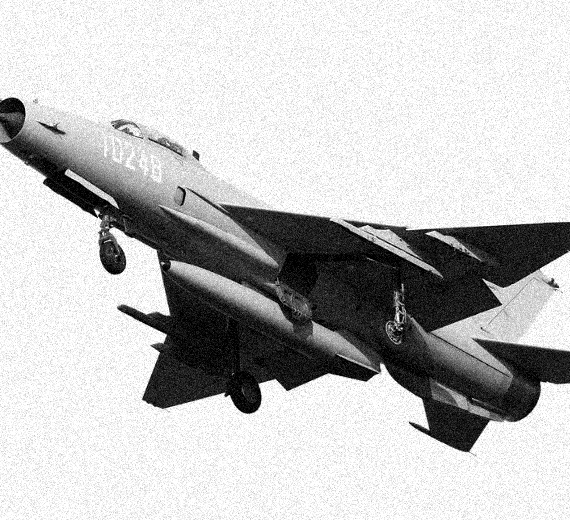

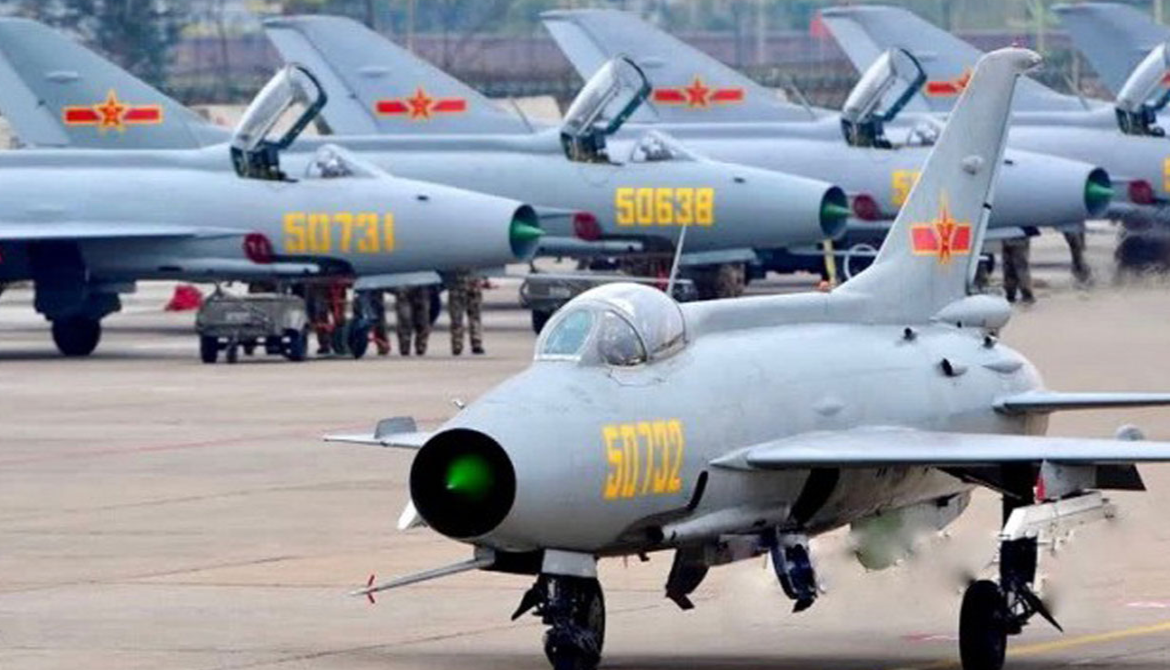

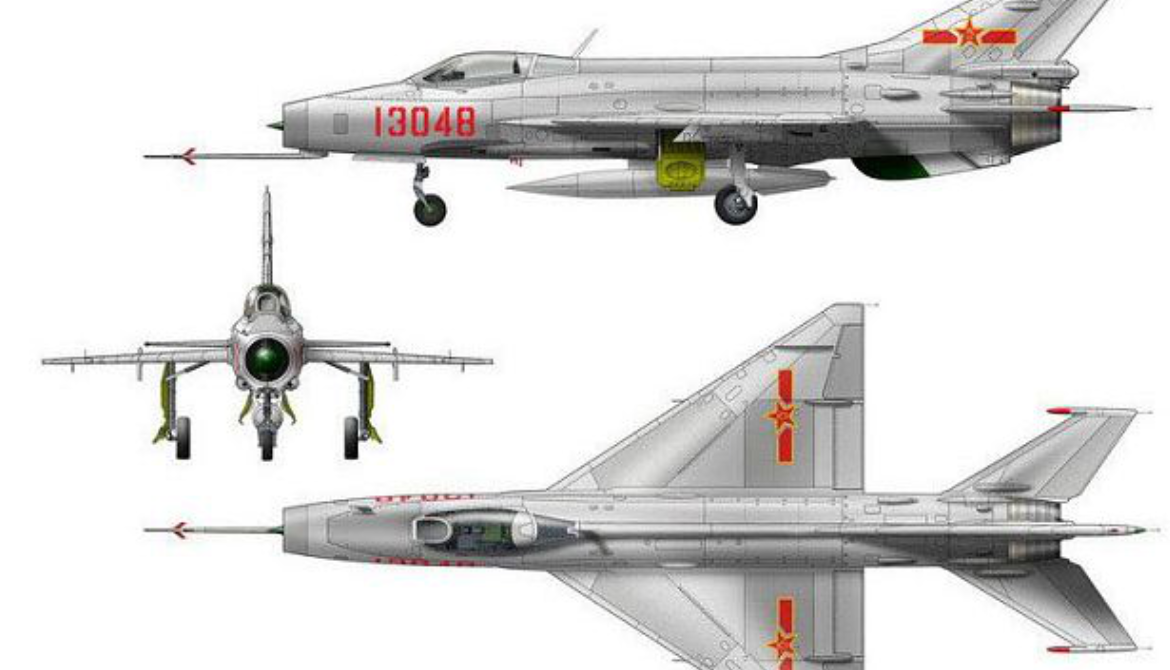
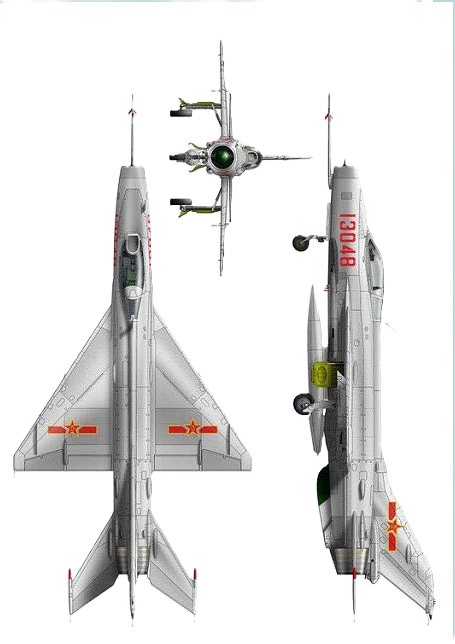
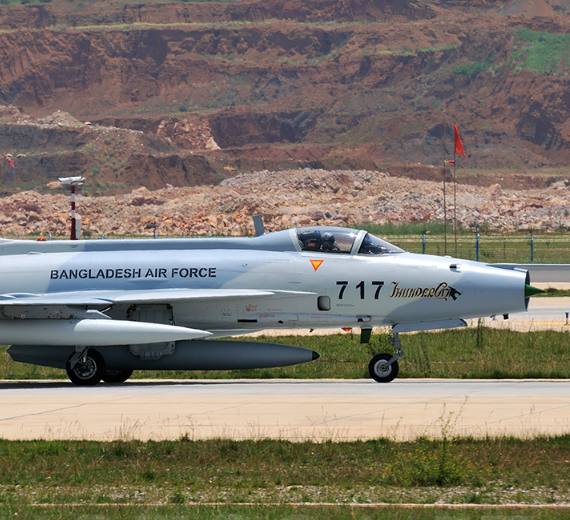
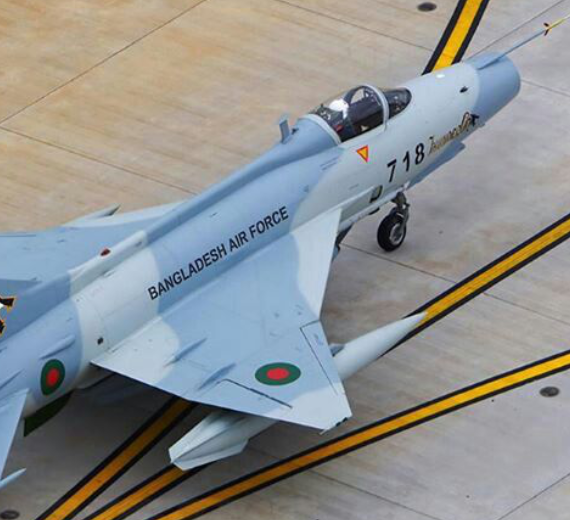

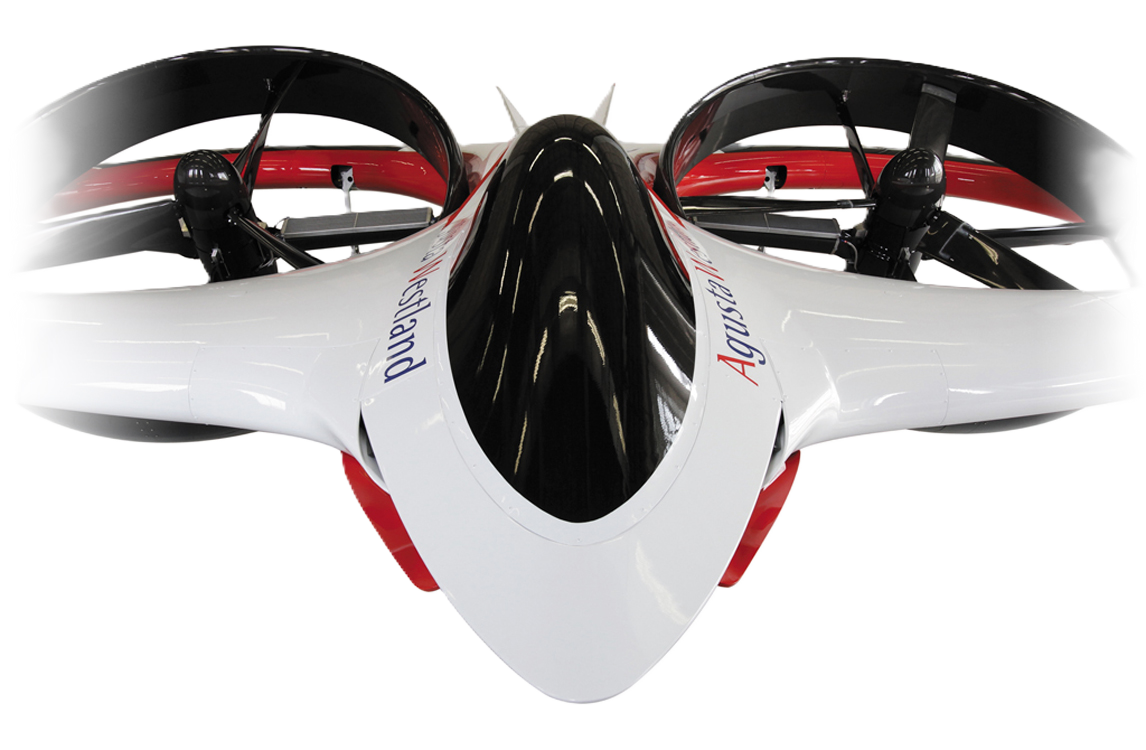
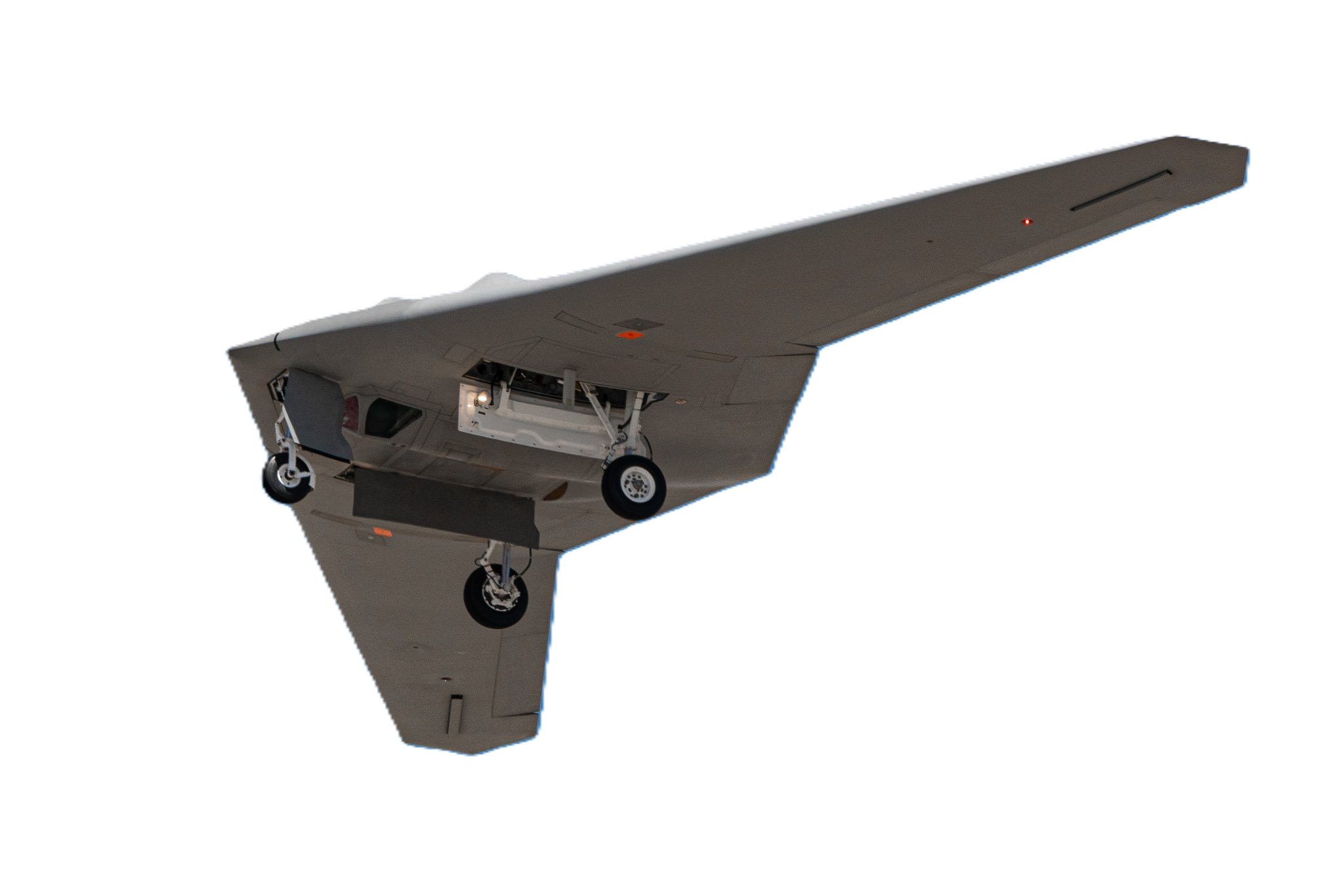
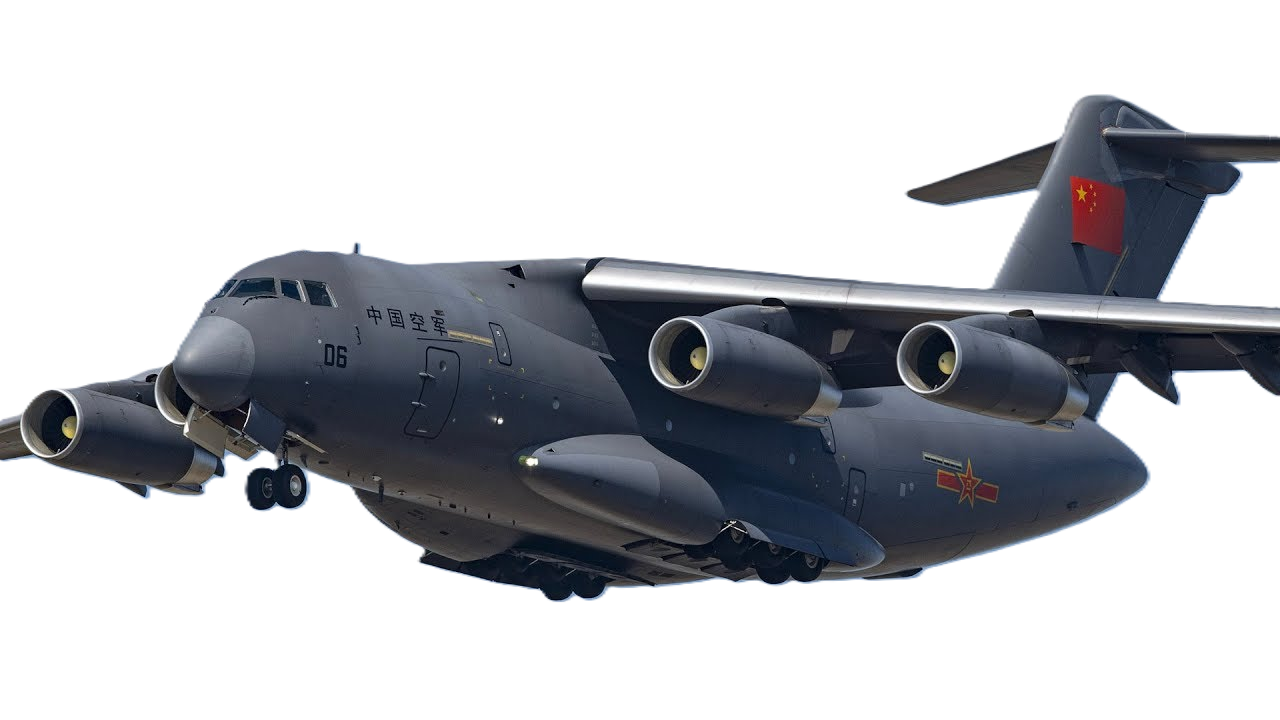
.png)